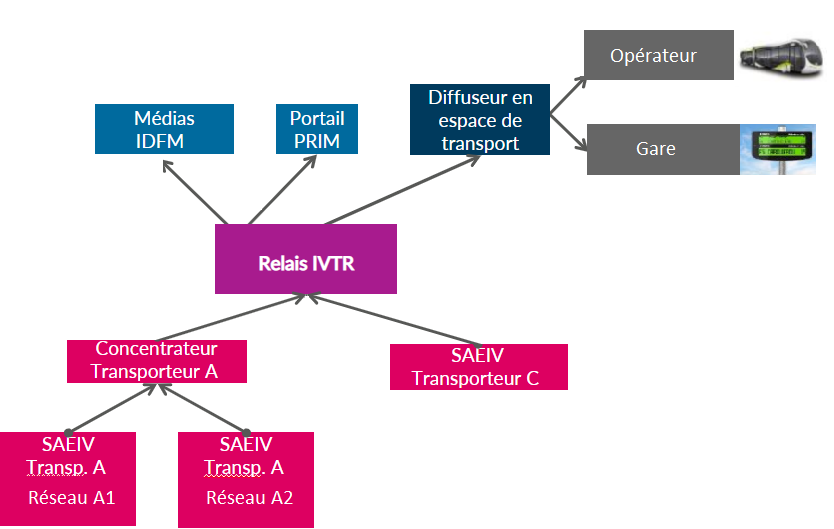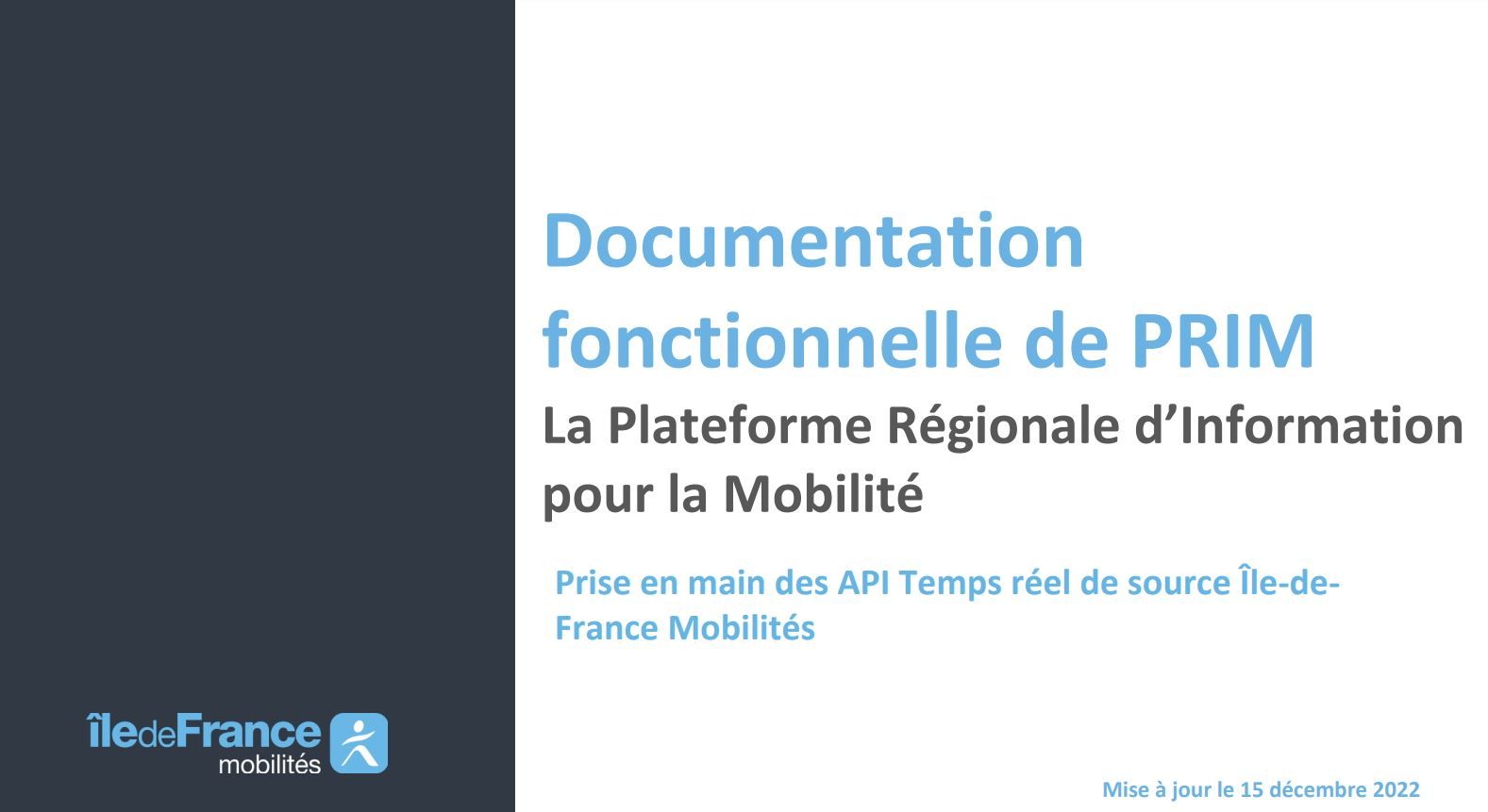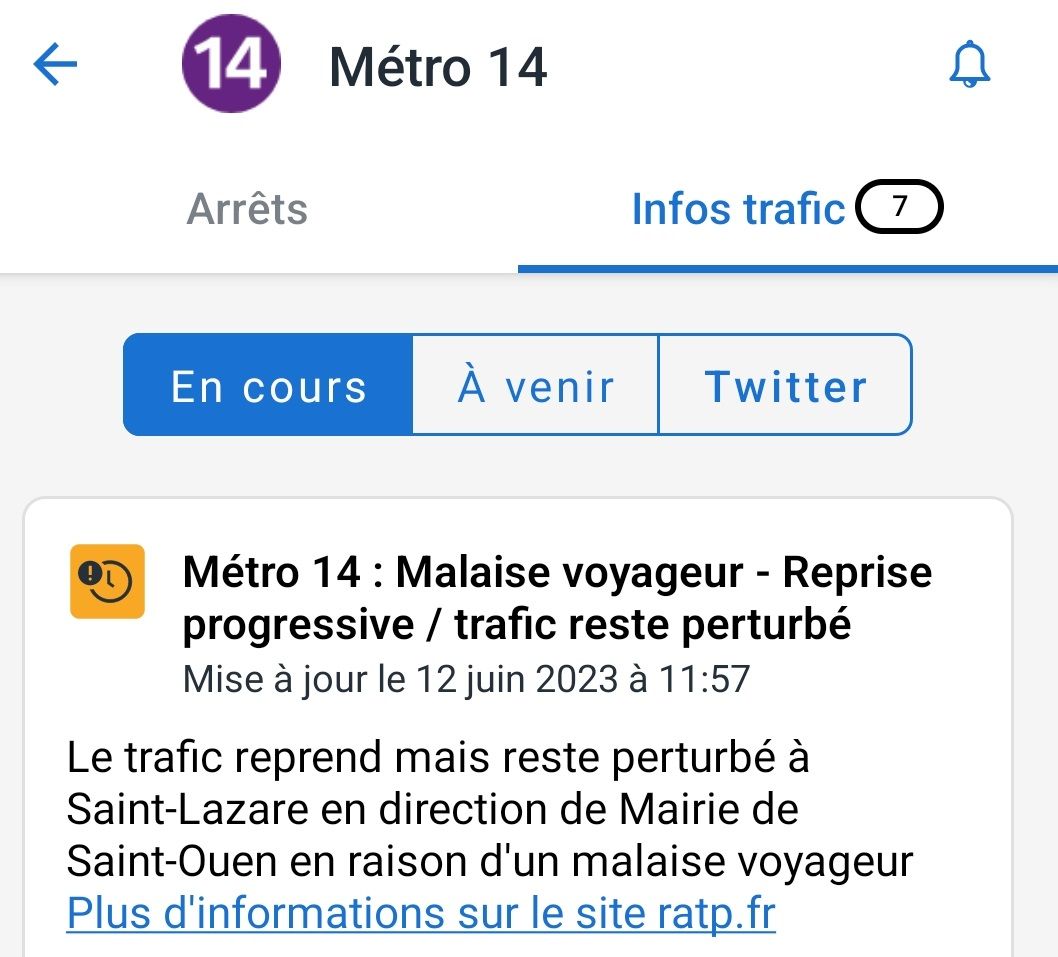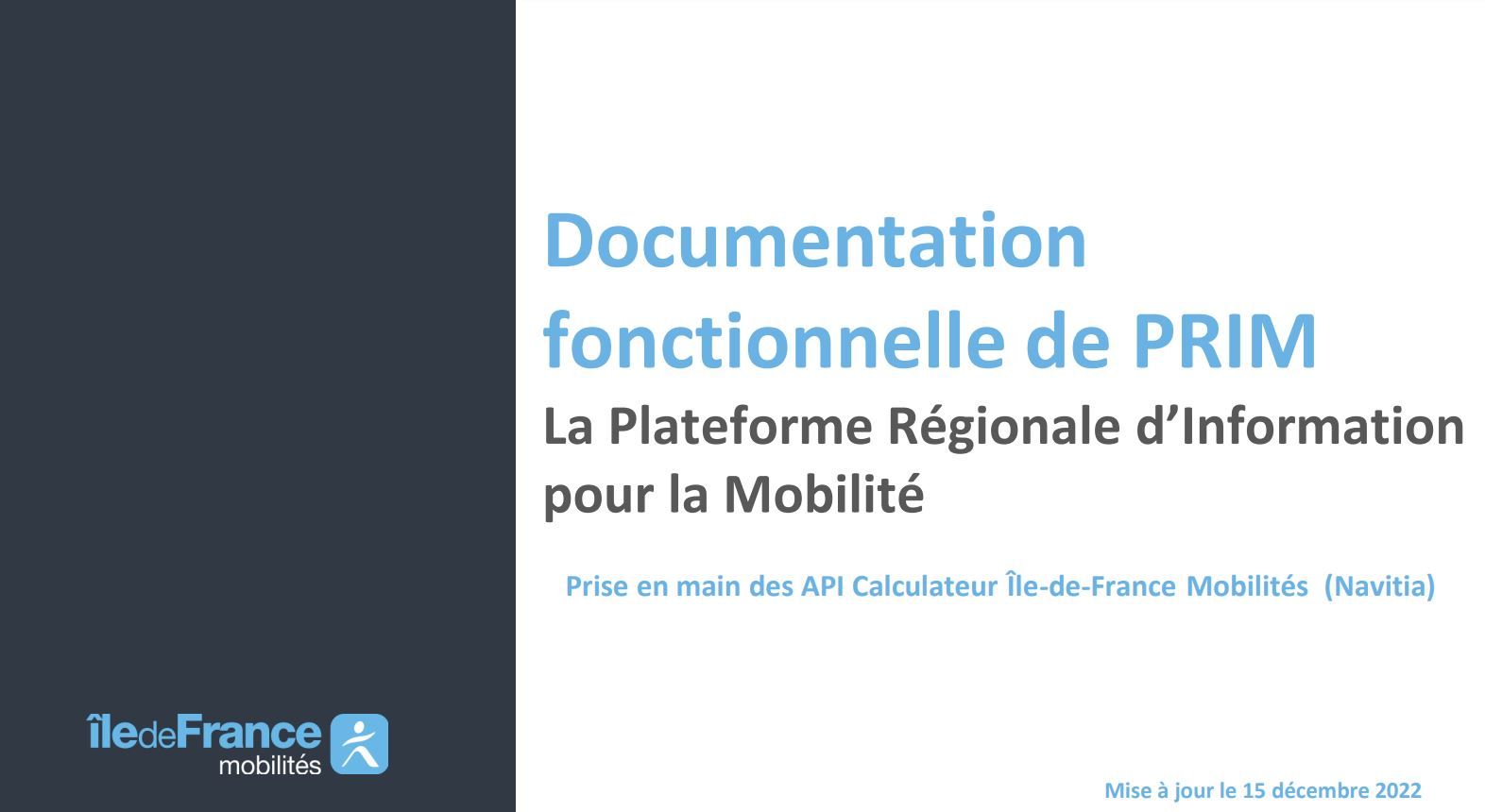Île-de-France Mobilités broadcasts real-time data on its media, including the PRIM platform. They concern the schedules of the next public transport passages and information messages concerning traffic.
The real-time data disseminated by Île-de-France Mobilités comes from carriers
Île-de-France Mobilités receives this real-time data from Group carriers (SNCF, RATP, Transdev, Keolis, etc.) or independent carriers (Albatrans, Stivo, etc.). Indeed, transport operators have Passenger Operating and Information Assistance Systems (SAEIV) which make it possible, among other things, to:
- Guide drivers by GPS,
- Geolocate transport in real time on the line,
- Calculate the delay or advance of the transport in relation to the theoretical timetable.
The data from these systems is aggregated within concentrators when the carrier is a group (SNCF, RATP, etc.) or passes directly through the Real-Time Passenger Information Relay (IVTR Relay) when it comes to independent carriers.
The IVTR Relay centralises the data transmitted by the carriers and then broadcasts it in SIRI Lite
The IVTR Relay, in operation since 2015, serves as an orchestrator of the data transmitted by the various carriers. It centralises the exchange of data between carriers, collects the data and disseminates it in the SIRI Lite format : a standard that defines the real-time information exchange protocol for public transport. This format lends itself easily to querying via APIs and then reusing the data.
After passing through the IVTR Relay, the real-time data is therefore disseminated on Île-de-France Mobilités' media (PRIM platform, mobile application, etc.).

The data from the IVTR Relay are also broadcast on the screens in the transport spaces. It should be noted that a certain amount of real-time passenger information is broadcast directly on the screens in the station without having to go through the IVTR Relay beforehand.

As illustrated in the diagram above, the real-time data disseminated on the PRIM portal comes from the IVTR Relay which is powered by the concentratorsand transporter IVAEs. Thus, if one of these upstream data sources of the PRIM portal is unavailable, some real-time data cannot be traced back to the PRIM portal.
The PRIM portal broadcasts real-time data from the IVTR Relay through APIs
On the PRIM portal, real-time data can be accessed via APIs. In order to be able to request them, it is necessary to have an account on the PRIM portal, to be logged in and to generate an API key.

The Île-de-France Mobilités source APIs available on the PRIM portal report real-time data from the IVTR relay. Here is a brief description of each of them and some tips for use:
- Next Departures (Île-de-France Mobilités platform) - Unitary query : This API allows you to know the estimated timetable in real time for the next passage of a public transport line at a given stop. The call to the API can be configured according to the boarding area, the stopping area or the transfer area. However, for the RER and Transilien, requests to stop or transfer areas are to be preferred. Indeed, the SNCF fills in the data at a fictitious boarding area that represents the entire station. The request quota on this API is 1,000,000 per day.
- Next Departures (Île-de-France Mobilités platform) - Global query: This API sends in a single exchange and in real time, the schedules of the next crossings of the lines to all the stops of the Ile-de-France transport network currently available. This data is updated every minute. We recommend that you request this API through a query interface or script. Indeed, the query wizard available on the PRIM portal is not usable for this API whose response size is too large. The request quota on this API is 1,000 per day.
- Messages displayed on the screens (Île-de-France Mobilités platform): This API reports information messages concerning the traffic situation, displayed in real time on the screens of the transport spaces. The query quota on this API is 20,000 per day. However, this service is currently only available on a small part of the Ile-de-France network. Thus, to provide the exhaustiveness of the circumstantial information for passengers, we invite you to turn instead to the " Ile-de-France Mobilités Calculator – Traffic Info Messages " API.
To date, these APIs cover 88% of the Ile-de-France network. All the stops on the network will be gradually available.
In order to find out which stops (by carrier or by line) are currently covered by these APIs, do not hesitate to log in to your account on the PRIM portal and then consult the following static dataset: Scope of real-time data available on the Île-de-France Mobilités exchange platform.

If you would like more information about the SIRI Lite format, the Île-de-France Mobilités source APIs and their precautions for use, do not hesitate to consult this documentation which is also available on the "Need help" page of the PRIM portal.

One of the APIs of the PRIM portal reports data in real time without going through the IVTR Relay
The " Île-de-France Mobilités Calculator – Traffic Info Messages " API is based on Hove's Navitia technology. The real-time passenger circumstantial information it provides comes directly from the carriers and does not pass through the IVTR Relay. Thus, the results are returned as JSON objects.
This API aggregates information messages about the state of traffic in real time, by line or by mode of transport. It provides all the information concerning traffic disruptions (incidents, planned and unplanned works, etc.). It is a source of data disseminated on Île-de-France Mobilités' media (the Île-de-France Mobilités mobile application, the "Me Mobilités" website, etc.).

The query quota on this API is 20,000 per day.
To better understand the Navitia APIs and their precautions for use, do not hesitate to consult this documentation (also available on the "Need help" page of the PRIM portal) as well as the Navitia documentation.

Do not hesitate to request the API of the PRIM portal and then share your data reuses with us via the #réutilisations-data channel of the "Slack" of the "PRIM community".
Of course, we remain available to welcome your comments and answer your questions at [email protected] but also on the "Slack" of the "PRIM community", which you can join by following this link.